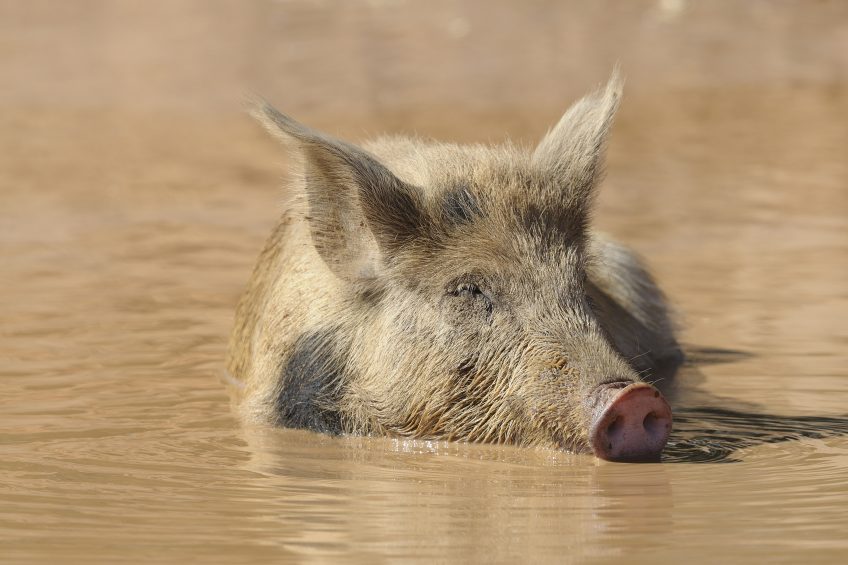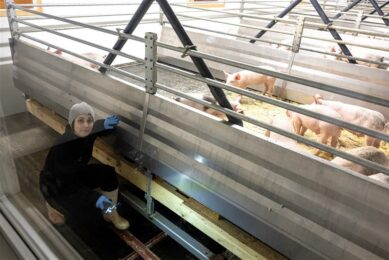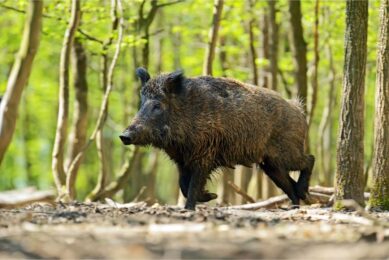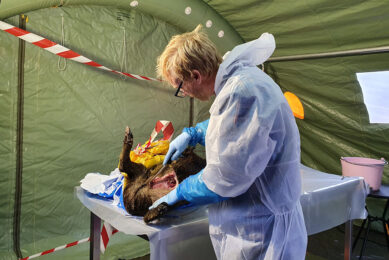Sweden worried about radioactive wild boars

About 31 years after the nuclear disaster of Chernobyl, Sweden fears that packs of radioactive wild boars are moving north across the country.
In April 1986, part of the nuclear plant of Chernobyl, USSR, exploded with disastrous consequences for its direct surroundings. In addition, a cloud of radioactive dust was sent over Sweden – leading to recommendations not to eat wild berries or mushrooms for a long time.
Wild boars exceeding the safe levels of radiation
Although most flora and fauna have since recovered, the carcass of a recently shot wild boar was reported to have levels 10 times the safe level of radiation. That left hunters afraid to kill and eat the animals, reports the Swedish Television channel SVT.
The wild boars have been noted to migrate further north these days than they used to. Due to their eating habits of rooting deep in the ground, they are eating mushroom types that still contain relatively high levels of radioactive caesium-137. By consuming these mushrooms, the wild boars charge themselves radioactively.
Elks or deer usually, on the contrary, feed off the bushes.
6 boars below the safe limits
An environmental consultant told SVT that 1 wild boar, about 150 km north of Stockholm, was found to have a radiation level of 16,000 Becquerel/kg. He added that of the 30 samples of boars his team have tested this year, only 6 were below the safe limit of 1,500 Bq/kg.
Wild boars were reintroduced in southern Sweden in the 70s, some 200 years after they were eradicated. Farmers fear that the high level of radiation in the animals will stop hunters shooting them, causing the population to spiral out of control, damaging forests and crops. It is estimated there are about 250,000 of them nationwide.
Health risks are low
To SVT, analyst Pål Andersson of the Swedish Radiation Safety Authority, said: “I do understand the fear, but the health risk is low. One needs to consume impossible amounts of radioactive pork chops to run a higher cancer risk.”
He added that the animals themselves even continue to stay healthy. Their radioactivity, he said, would decrease as soon as the wild boars consume radiation-free species.











